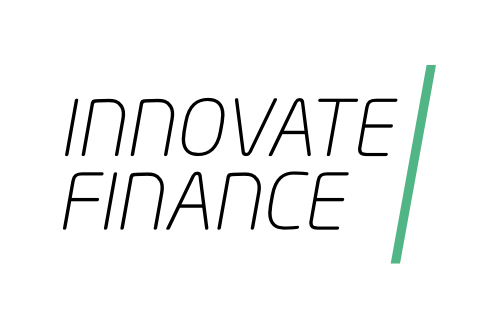In difficult times, technology needs to prove itself as an ally more than ever before, and progressive firms will seek to make the most of what they have from a technology perspective to make processes quicker and leaner. The reality is that most good accounting platforms already feature the capacity to drive automation, and there are many practices that are already using automation to their advantage.
In this article, we’ll discuss how the right approach to automation can be a differentiator in fuelling practice growth during times of economic uncertainty.
Staying ahead of the technology curve is critical
When we see great people move on from a practice, it could be because the firm is not pushing the envelope with technology. Investing in technology is very much an investment in people. If you aren’t investing in automation, for example, you’re asking your people to do manual work that could be automated with workflow technology. Advisors want to be focused on the most valuable tasks for their clients, and good technology is what allows them to do that.
Automation is becoming an important part of modern practices’ technology roadmap. It can be applied to many accounting tasks, opening up avenues for more creative work such as data analysis, while giving more insight for practices to advise on business decisions.
However, practices must ensure they take a balanced and considered approach to automation, as explained by Jon Dawson, partner at Moore Kingston Smith:
“It’s about achieving balance. You don’t want the shift to remove the human touch entirely, but automation and technology present an opportunity for firms to evaluate both how they interact with their clients and how they deliver their services.”
Based on this, we’ve covered some of the most pressing and pragmatic considerations for practices approaching automation to fuel growth during turbulent times.
The importance of selecting the right use cases for automation
One of the biggest issues many practices could potentially face when considering automation is selecting the wrong use cases and overlooking where automation can naturally add value. It’s essential to take a step back here to identify disparate accounting processes that require a lot of dedicated time and experience, rather than processes that may by nature already be quite streamlined.
Is there a one-off report involving manual processes and legacy software? Are there processes that require excessive manual data migration or compilation? Are there paper-based processes that could be digitised and automated? Would giving your clients access to dashboards and data in the cloud help ease your practice’s account management workload? Devoting some careful time to this planning stage can ensure success in automation initiatives.
Concentrate on compliance
Compliance is a common area where automation can be applied to reap demonstrable results quickly. Whether it’s Making Tax Digital or any other regulatory requirement, these compliance requirements are a great chance to review your technology to ensure you’re making the most of it.
Where can automation help when it comes to compliance? For a start, it may help ease the increase in frequency when transitioning from annual to quarterly returns associated with the upcoming 2026 MTD for ITSA regulations. These state that any landlord earning more than £10,000 must send a summary of their business income and expenses to HMRC every three months using compatible software.
It’s undoubtedly an increase in reporting for both practices and their clients, but it’s also a big opportunity to deploy automated tools to make the process run much smoother as opposed to compiling reports manually. Many practices are also ensuring they have direct banking feeds for their clients so that information is fed in automatically from relevant third parties.
Automation: Endless possibilities
With a basic accounting suite, there is no end to the processes can be automated. Any process that is manual and repetitive is a great candidate for automation. As a business, we have seen great product development in embracing advanced technologies, particularly in the fields of artificial intelligence, machine learning, and robotic process automation. It’s been an exciting journey, and one that will help us to introduce more efficiency and productivity into customer environments through automation.
Share via:








































